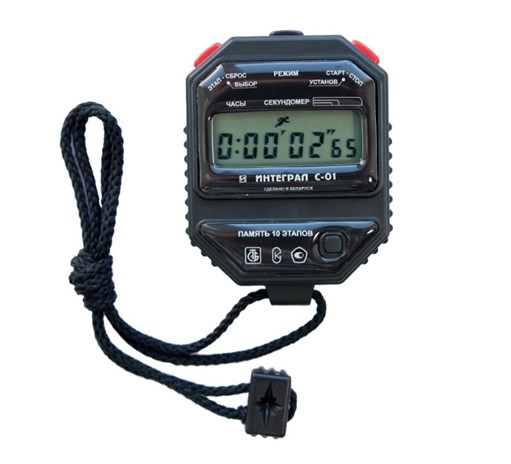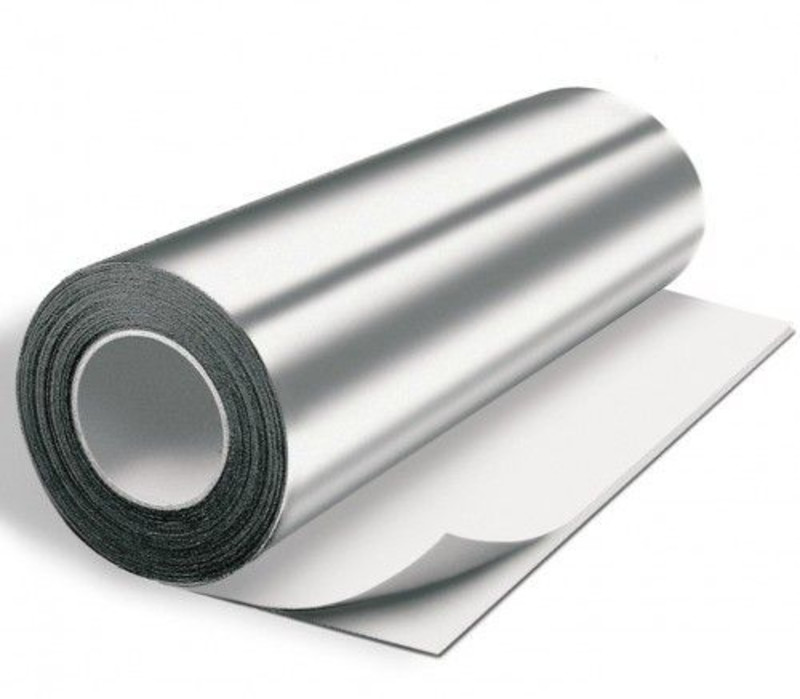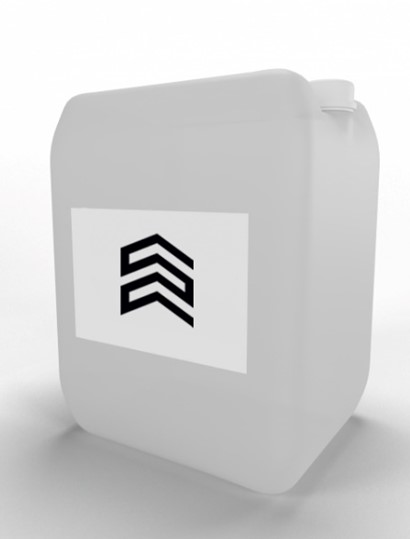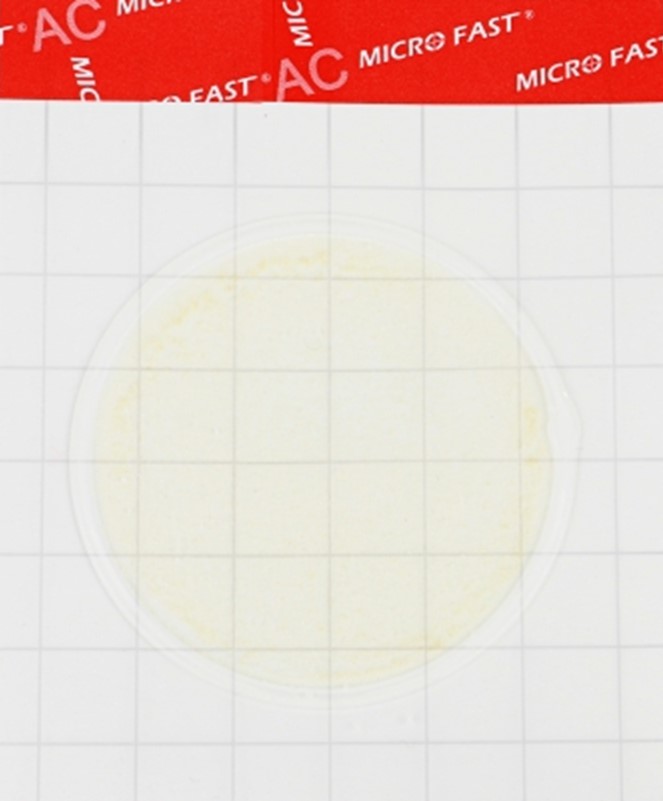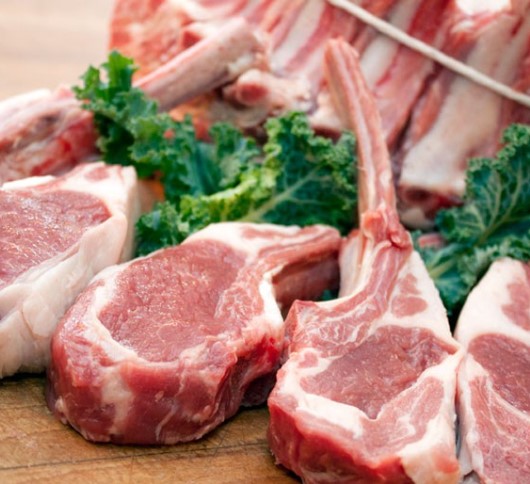Argentina's Meat Exports: US Sales Rise, China Shipments Decline
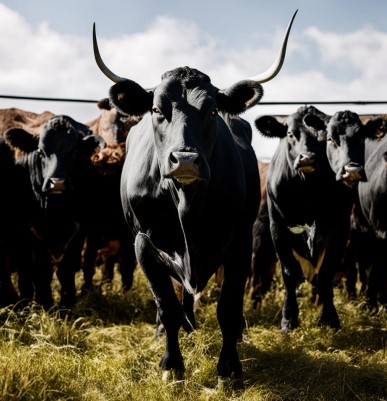
According to Rosario, in the first quarter of 2025, Argentina exported MEAT and leather products worth a total of US $883 million , down 3.7% from the same period the previous year but 2.1% above the average over the last five years, making it possible to assess the recent decline and indicating a certain stability in the sector.
The most notable indicator at the beginning of the year was the exponential growth of deliveries to the usa, which amounted to 100 million US dollars, equivalent to 12% of the total volume of exports of the complex. This is more than 100% more compared to the same period last year and an absolute record for the first quarter since the beginning of accounting in 2002.
This growth comes at the same time as a sharp drop in demand from CHINA , which has positioned itself as the main buyer of Argentine meat for the past two decades. In the first three months of 2025, exports to this country fell by 30% year-on-year, affecting its importance as a client and impacting the overall performance of the sector.
The United States is gaining strength
The process of re-establishing Argentine exporters in the US market has been gradual but steady. Before 2019, Argentina was excluded from the US beef market for 17 years due to HEALTH restrictions. Then the US Department of Agriculture (USDA) resumed importing Argentine meat, considering the country's health control system adequate.
Since then, trade volume has grown year on year. In 2019, exports to the United States amounted to only US$46 million, but by 2024 , they had already reached US$262 million, an 18-year high. This allowed the United States to position itself as the third-largest destination for beef meat and hides, with a share of 7.5% of total exports.
In addition, Argentina currently has a quota of 20,000 tons of boneless beef tenderloin (fresh and frozen) that can be supplied to the North American market with a preferential tariff of US$40 per ton, which is only 0.5% of the average EXPORT value of this product. Beyond this quota, the tariff increases to 26.4%, making maintaining (and possibly increasing) the quota very important.
The Rosario Stock Exchange notes that maintaining and even expanding this agreement would have positive consequences for the country, while its possible abandonment would have negative consequences, resulting in a loss of approximately US$260 million in exports annually.
In contrast, China’s performance is showing signs of slowing. While the country remains the main consumer of the complex, albeit more in volume than in value, its share of total shipments is declining. In 2024, China accounted for 49.1% of exports. A significant share, but well below the 60% seen in previous cycles.
China’s growth has been meteoric. In 2014, it accounted for less than 10% of the complex’s export value. Argentina’s lifting of quantitative export restrictions and strong demand in Asia have led to a trade boom. In just one decade, beef and hide exports to China have increased more than sevenfold. Today, more than three-quarters of the frozen beef Argentina sells worldwide goes to the People’s Republic of China.
However, the 30% year-on-year decline in the first quarter of 2025 suggests that this expansionary cycle may have run its course. Factors that could influence this include changes in China’s health and trade policies, a decline in domestic demand, and even a reorganization of global supply. BCR does not cite specific reasons, but stresses the importance of diversifying markets to avoid over-reliance on one destination.
The rest of the export map
In addition to the United States and China, other destinations are beginning to gain prominence in the Argentine export market. One of them is Israel, which ranked second in the 2024 ranking of destination countries with 7.8% of the export value. In addition to the traditional quotas for kosher boneless meat , this country in 2024 allowed the import of kosher meat with bones, which opened up new trade opportunities and led to a nominal record for meat exports to this market.
Another historical partner of the complex is the European Union, which, when considered as a bloc, is the second largest trading partner in aggregate terms. This direction is particularly relevant for high-quality fresh or chilled cuts of meat, which are supplied under the Hilton and 481 quotas. The main consumers within the bloc are Germany , the Netherlands, Italy , Portugal and Spain, with Argentina the main supplier to the German market from outside the EU . The possible implementation of the Mercosur-EU agreement could further strengthen this relationship, which would allow for the introduction of a new export quota.
In total, Argentina exported meat and leather products to more than 50 countries in 2024, including markets as diverse as Chile, Thailand, Vietnam , RUSSIA , Mexico and India, among others. BCR highlights that this geographical breadth is a strategic asset for the sector, helping to cushion any declines in demand from large buyers.
In 2024, the total export volume of the beef and hide complex reached US$3.672 billion, making it the sixth largest export complex in the country. 81% of this volume came from meat exports in various formats.
The most valuable exported product was boneless and frozen beef , valued at US$1.798 billion (48% of the total), followed by fresh or chilled boneless meat with sales of US$937 million (25%). The third largest export item was hides and cattle products , valued at US$383 million, equivalent to 10.2% of the total exports.
In second place were other products such as frozen boneless meat, meat and offal meal and pellets, beef fat, meat and sausage products, and leather products, which together accounted for the remaining 16%.
Read together with it:
- Indilight held a culinary masterclass with Silvena Rowe, promoting turkey as a healthy food.Silvena Rowe demonstrated original turkey cooking techniques, emphasizing its nutritional value. Participants prepared crispy turkey schnitzel with an almond-herb crust and turkey with turmeric and lime. The masterclass also emphasized a scientific approach to nutrition and promoted turkey as an ideal food for a healthy lifestyle. During the event, guests received unique gifts from the Louis Quart...







